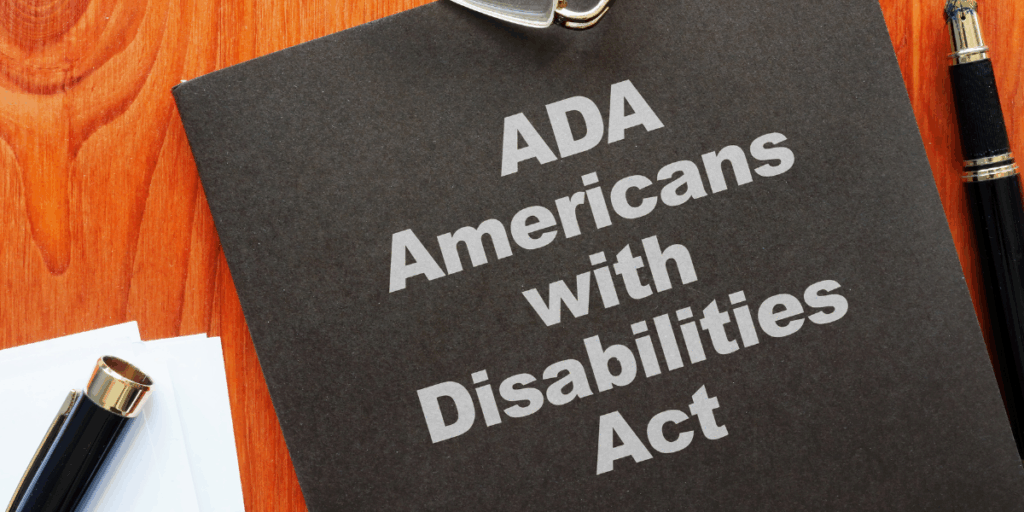“Is your website ADA compliant?” is a crucial question that every business owner should ask in 2025.Website accessibility is a business requirement, not just a legal requirement. Since more consumers are using digital channels, making sure your website is accessible to those with disabilities can increase your audience, shield you from expensive legal action, and improve the perception of your company.
The Legal Aspect: The Significance of ADA Compliance
Businesses must make their websites accessible to individuals with disabilities, such as those who have hearing, vision, or mobility impairments, in accordance with the Americans with Disabilities Act (ADA).
- Legal Risk: Websites that violate the law may be subject to litigation, fines, and costly settlements.
- Reputation Risk: The public’s opinion may suffer if you are criticized for your inaccessibility.
💡 Did you know? The number of lawsuits in the United States pertaining to website accessibility has been rising annually.
The Benefits of Accessibility for Businesses
- Increased Audience Reach: Almost one in four adults in the United States has a disability. Accessibility increases the number of possible clients.
- Benefits for SEO: A lot of accessibility techniques, such as appropriate headings, alt text, and transcripts, also raise a website’s search engine rankings.
- Improved User Experience: All users, not just those with disabilities, gain from clear navigation, readable fonts, and flexible layouts.
The Qualities of Effective ADA Compliance
Typically, an ADA-compliant website consists of:
- Screen reader-friendly descriptive text for images is known as alt text.
- Keyboard Navigation: Complete functionality without the need for a mouse.
- Clear Colour Contrast: For readability, the text is distinct from the background.
- Transcripts and captions for audio, video, and podcast content.
- Responsive design and scalable text adjust to various zoom levels and devices.
WCAG (Web Content Accessibility Guidelines), which establish quantifiable compliance levels (A, AA, AAA), are frequently the foundation of standards.
How to Verify and Enhance ADA Compliance
- Conduct an accessibility audit; problems can be identified using programs like Lighthouse, Axe, or WAVE.
- Work with Accessibility Experts: Seek expert assistance for a thorough ADA and WCAG review.
- Include accessibility from the beginning. Building with compliance in mind is less expensive and easier than fixing it afterwards.

Final Thoughts
Does your website comply with the Americans with Disabilities Act? You might already be in danger, both financially and legally, if your response is “I’m not sure.” Being accessible is about demonstrating to your clients that you care about their experience, not just about avoiding legal action.
You can fortify your brand, expand your audience, and future-proof your website by making an investment in ADA compliance now.






